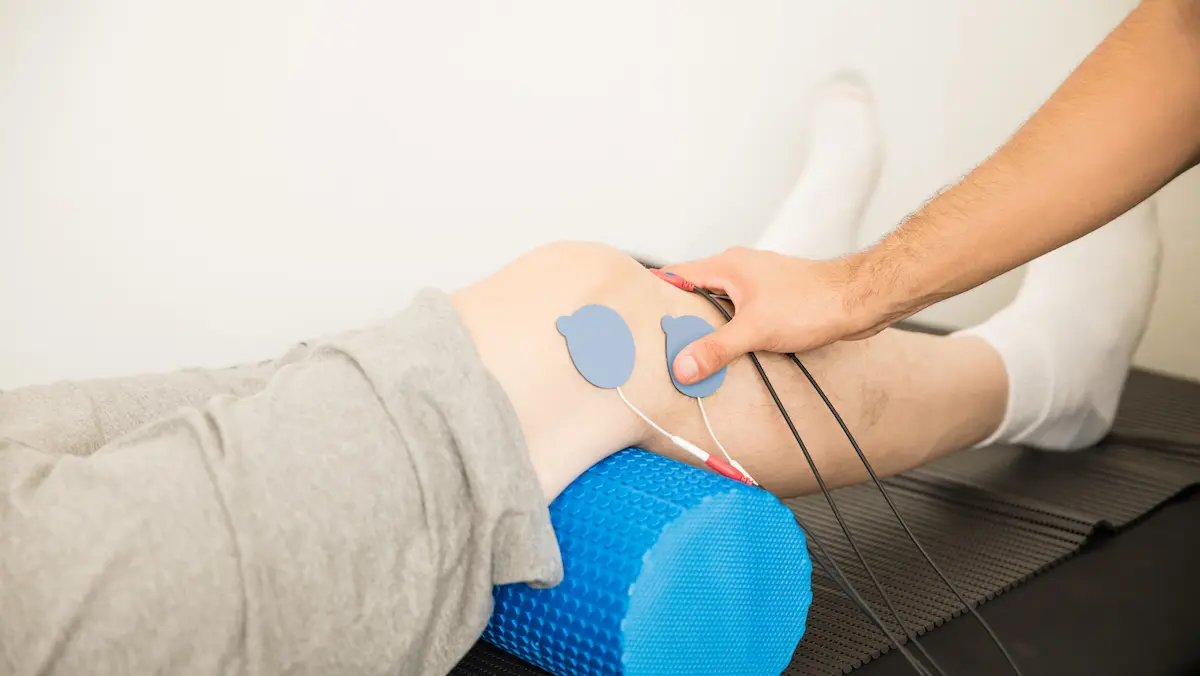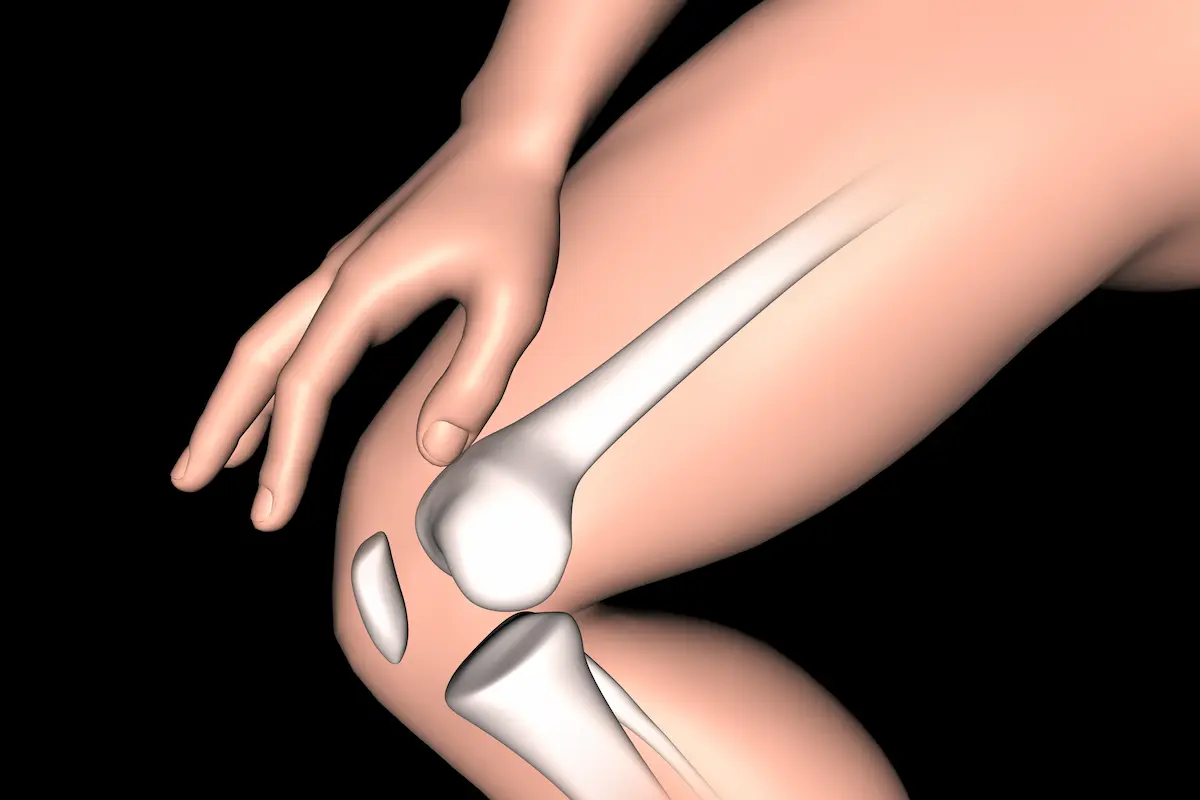The knee joint is a complex joint that is critical to mobility and movement. It is the largest joint in the human body and is composed of three bones: the femur (thigh bone), the tibia (shin bone), and the patella (kneecap). These bones are held together by a network of ligaments, tendons, and muscles that work together to provide stability and movement.
The knee joint is classified as a hinge joint, which means it allows movement in only one direction: forward and backward. The joint is also able to rotate slightly when the knee is flexed, allowing for some lateral movement.
Cartilage: The knee joint is covered in a layer of smooth cartilage that helps cushion the joint and reduce friction during movement.
Meniscus: The meniscus is a tough, rubbery structure that sits between the femur and tibia and acts as a shock absorber.
Ligaments: The knee joint is stabilized by four main ligaments: the anterior cruciate ligament (ACL), the posterior cruciate ligament (PCL), the medial collateral ligament (MCL), and the lateral collateral ligament (LCL).
Tendons: Tendons connect muscles to bones and play an important role in knee joint movement. The quadriceps tendon connects the quadriceps muscle to the patella and the patellar tendon connects the patella to the tibia.
Muscles: The knee joint is supported by a network of muscles, including the quadriceps, hamstrings, and calf muscles.
Injuries to the knee joint are common and can range from mild to severe. Common knee injuries include sprains, strains, and tears of the ligaments or tendons. More serious injuries, such as a torn meniscus or ruptured ligament, may require surgical intervention.
Maintaining healthy knee joints is important for overall mobility and quality of life. Regular exercise and stretching can help keep the knee joint flexible and strong, while avoiding excessive strain and injury. It is important to seek medical attention if you experience persistent pain, swelling, or limited mobility in your knee joint.


If you are experiencing knee pain or discomfort, you may be wondering when it is appropriate to see an orthopaedic surgeon. Orthopaedic surgeons are medical professionals specialized in the treatment of musculoskeletal conditions, including those affecting the knee joint. Here are some signs that you may need to see an orthopaedic surgeon for your knee issues:
Persistent pain: If you are experiencing persistent or chronic knee pain that does not improve with rest or non-surgical treatments, it may be time to consult with an orthopaedic surgeon.
Limited mobility: If you are unable to move your knee or put weight on it, or if your mobility is significantly limited, it may be time to see an orthopaedic surgeon.
Swelling: If your knee is swollen or tender to the touch, this could be a sign of inflammation or injury, and an orthopaedic surgeon may be able to help determine the underlying cause and provide treatment.
Difficulty performing daily activities: If knee pain is interfering with your ability to perform daily activities, such as walking, climbing stairs, or exercising, it may be time to see an orthopaedic surgeon.
Previous injuries or surgeries: If you have had previous knee injuries or surgeries, and are experiencing ongoing pain or discomfort, it may be beneficial to consult with an orthopaedic surgeon to determine if further treatment is necessary.
If you are experiencing any of these symptoms or have concerns about your knee health, it is important to consult with a qualified healthcare provider, such as an orthopaedic surgeon. They can perform a thorough evaluation of your knee and recommend appropriate treatment options, which may include medication, physical therapy, or surgery.
Knee surgery may be required for a variety of reasons, including injury, degenerative conditions, and chronic pain. Here are some common reasons when knee surgery may be necessary:
Ligament injuries: Tears to the anterior cruciate ligament (ACL) or other ligaments in the knee may require surgery to restore stability and function to the joint.
Meniscus tears: Tears to the meniscus, the cartilage in the knee, may require surgery to repair or remove the damaged tissue.
Arthritis: Severe arthritis in the knee joint may require surgery, such as a total knee replacement, to relieve pain and improve mobility.
Patella tracking disorders: These conditions occur when the kneecap does not properly align with the knee joint, which can cause pain and instability. Surgery might be necessary to realign the patella.
Fractures: Severe fractures to the knee bone or surrounding structures may require surgery to stabilize and repair the damage.
Other conditions: Other conditions, such as tumors, infections, or loose bodies in the knee joint, may also require surgery to correct.
The decision to undergo knee surgery is typically made on a case-by-case basis and depends on a variety of factors, including the extent of the damage, the patient’s overall health, and their goals for recovery. If you are experiencing knee pain or discomfort, it is important to consult with our orthopaedic surgeon, to determine if surgery is necessary and to explore all available treatment options.

New No. 85, Royapettah High Road, Royapettah, Chennai – 600014
© Designed and Developed By cloudstar.digital